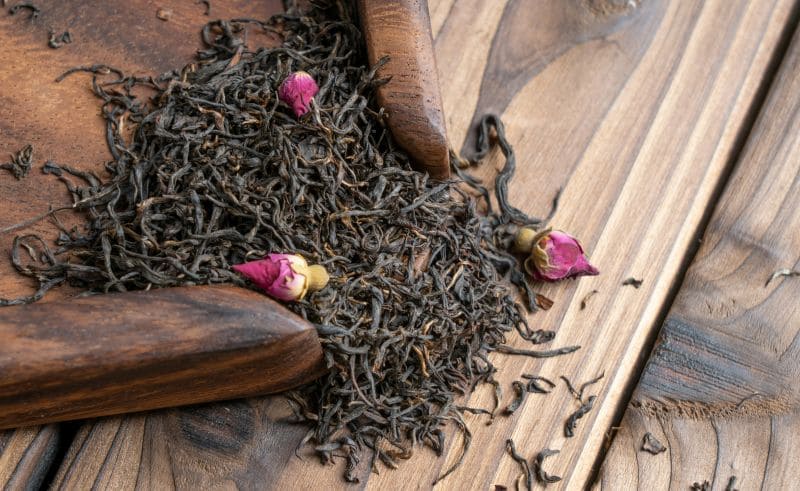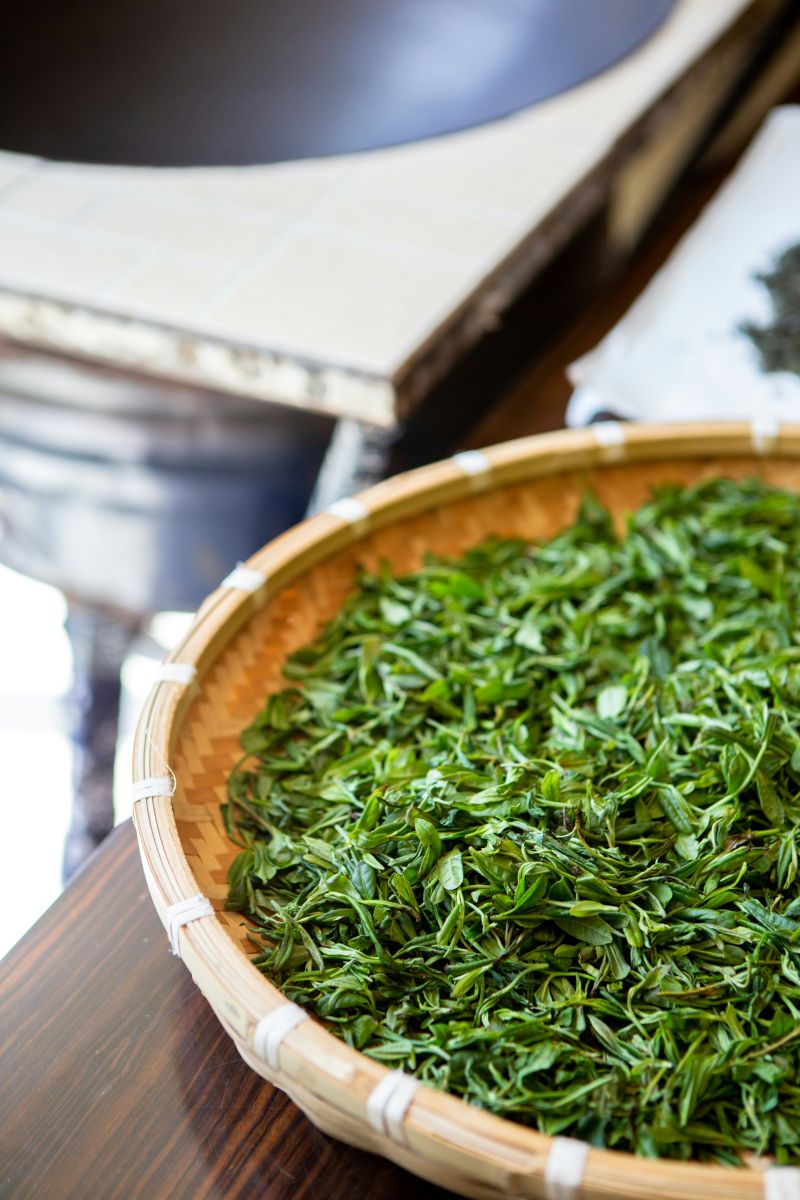

Types of Green Tea From China
There are more than one hundred types of green tea in China, here are some famous and special types.

Duyun Maojian
都匀毛尖 (Dūyún Máojiān)

Xinyang Maojian
信阳毛尖 (Xìnyáng Máojiān)

Biluochun
碧螺春 (Bìluóchūn)
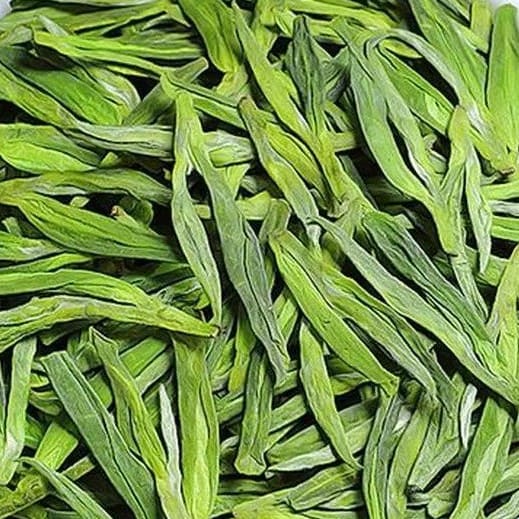
West Lake Longjing
西湖龙井 (Xīhú Lóngjǐng)

Huangshan Maofeng
黄山毛峰 (Huángshān Máofēng)
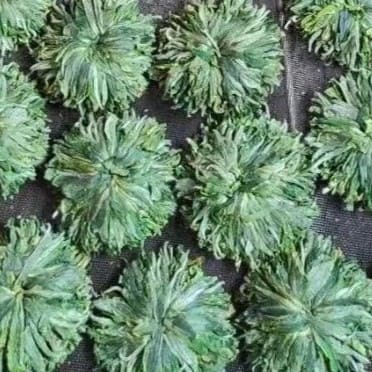
Huangshan Green Peony
黄山绿牡丹 (Huángshān Lǜmǔdān)
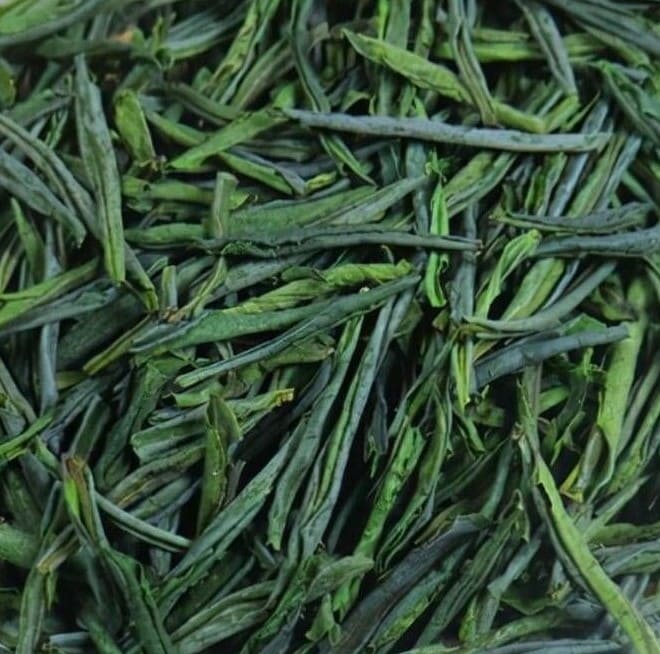
Liu’an Melon Seed
六安瓜片 (Liù’ān Guāpiàn)
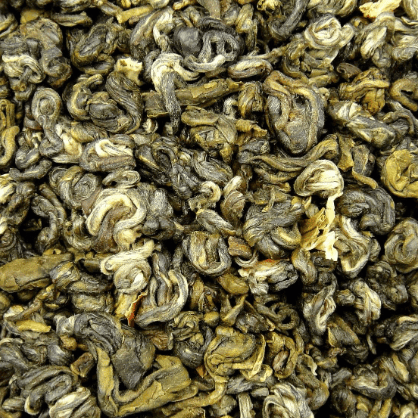
Banna Quming
版纳曲茗 (Bǎnnà Qūmíng)
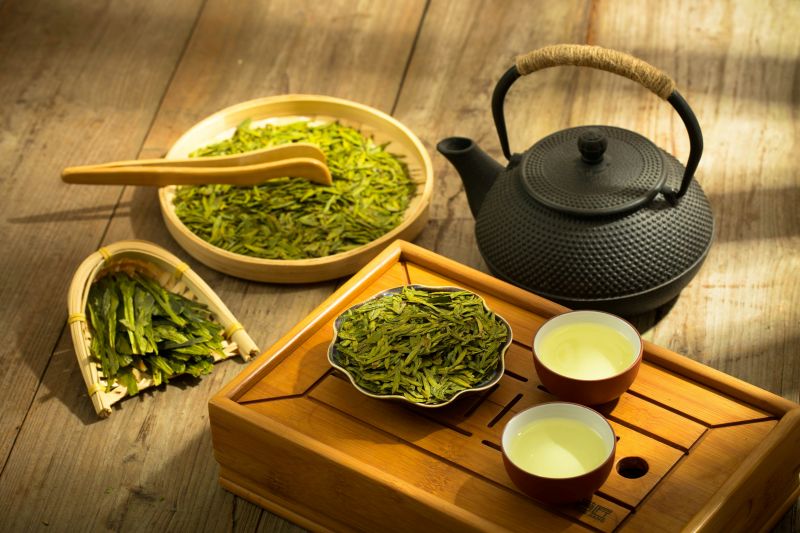
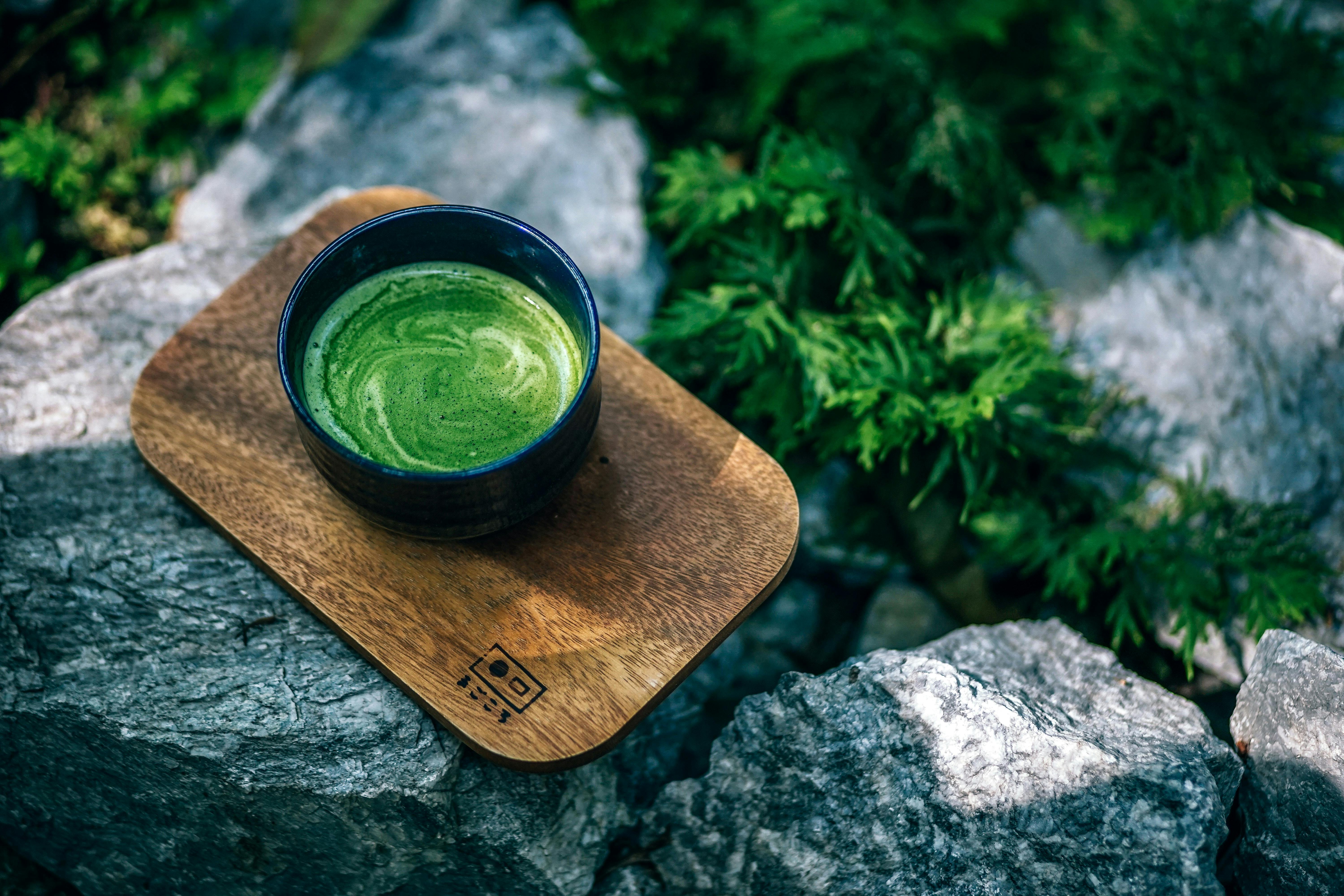
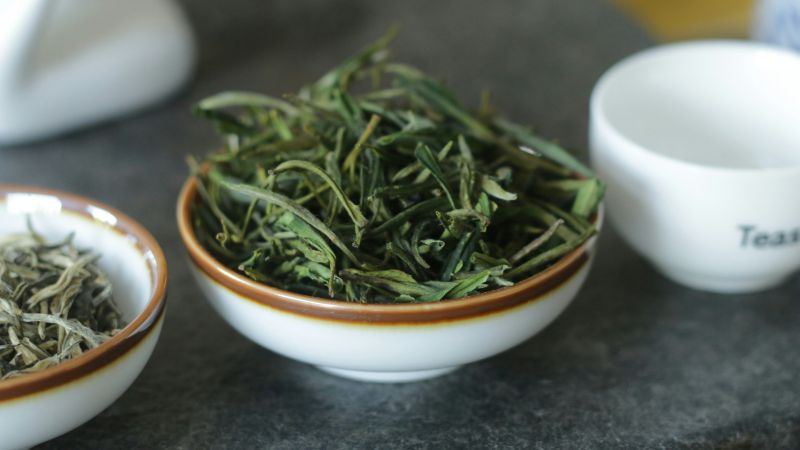
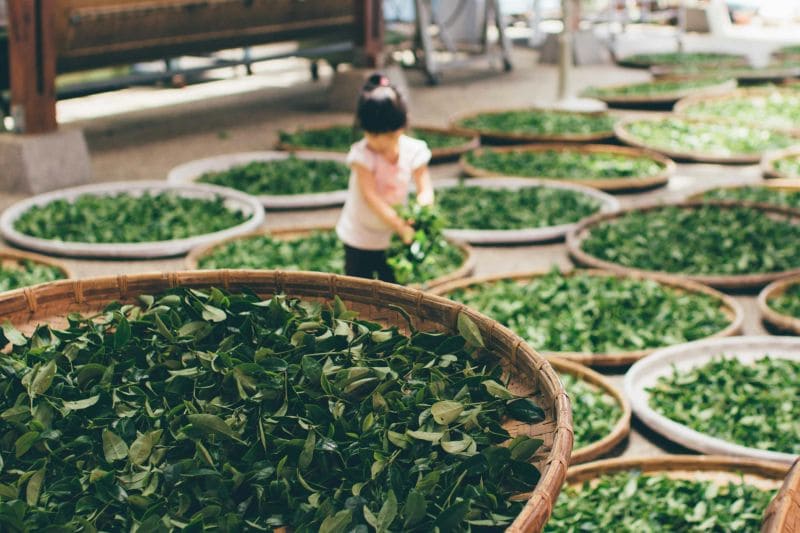
These processing variations create the incredibly diverse spectrum of appearances, aromas, and flavors found within the world of green tea.
Major Producing Regions
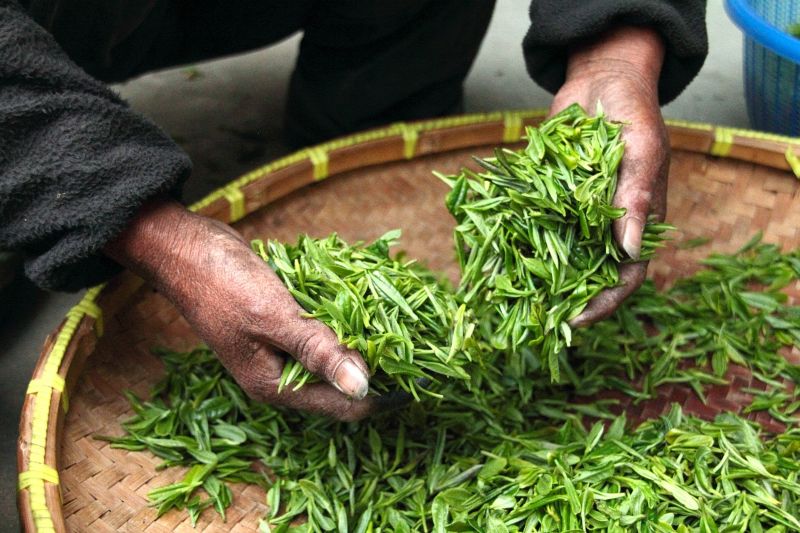
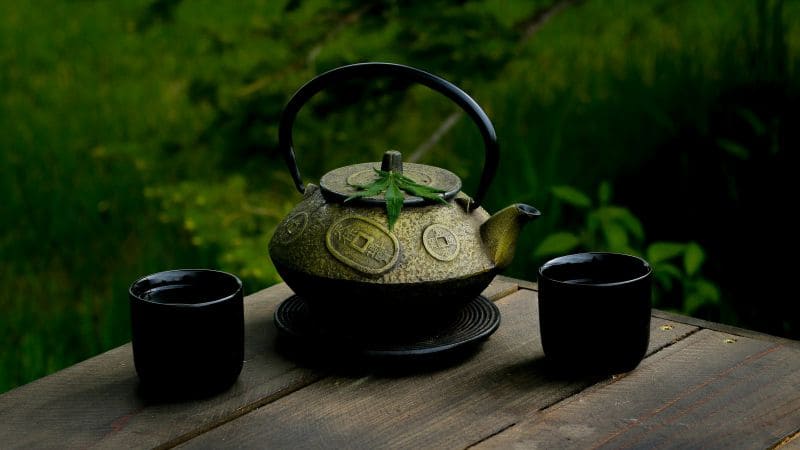
China
The birthplace of tea, China boasts the world’s largest production volume and the widest variety of green teas. Famous regions include Zhejiang (Longjing), Jiangsu (Biluochun), Anhui (Huangshan Maofeng, Lu’an Guapian), Jiangxi (Lushan Yunwu), and Henan (Xinyang Maojian). Drawing from the rich knowledge documented in Chinese tea literature (principles often summarized in modern compendiums sometimes referred to as the “Chinese Classic of Tea”), Chinese green teas are broadly categorized by their processing methods, primarily pan-firing, roasting, sun-drying, and steaming.
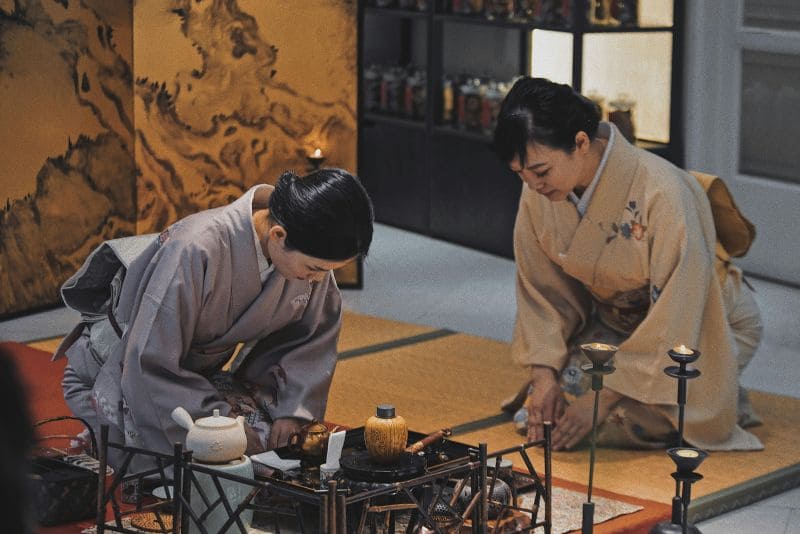
Japan
Renowned for its meticulous steaming methods, producing distinct teas like Sencha, Gyokuro, and the powdered Matcha, central to its tea ceremony (Chadō).
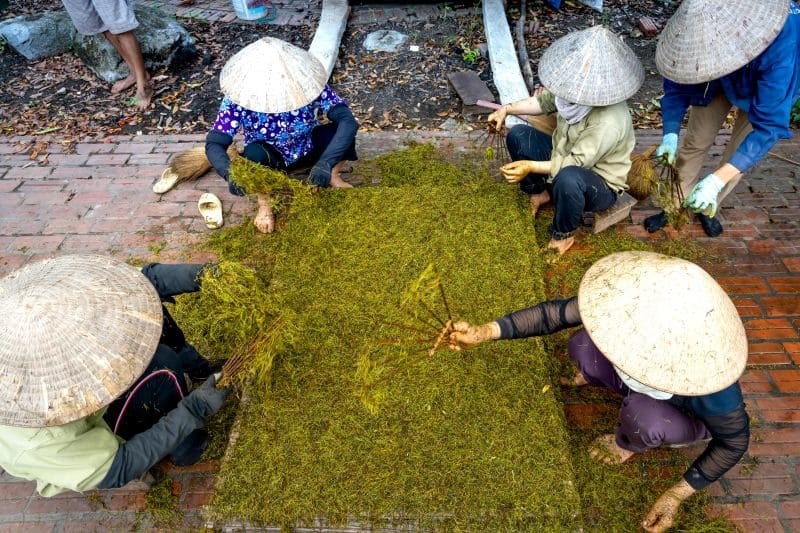
Vietnam, Indonesia, India, etc.
These countries also have significant green tea production, each offering unique local characteristics.
Research suggests regular green tea consumption may support cardiovascular health, weight management, brain function, and more. (Disclaimer: This information is for educational purposes only and not medical advice.)

Jasmine Tea
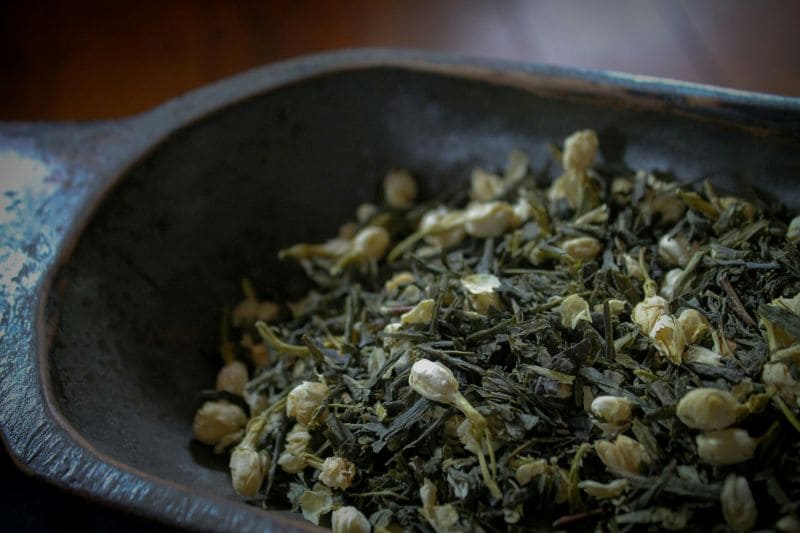
Osmanthus Tea
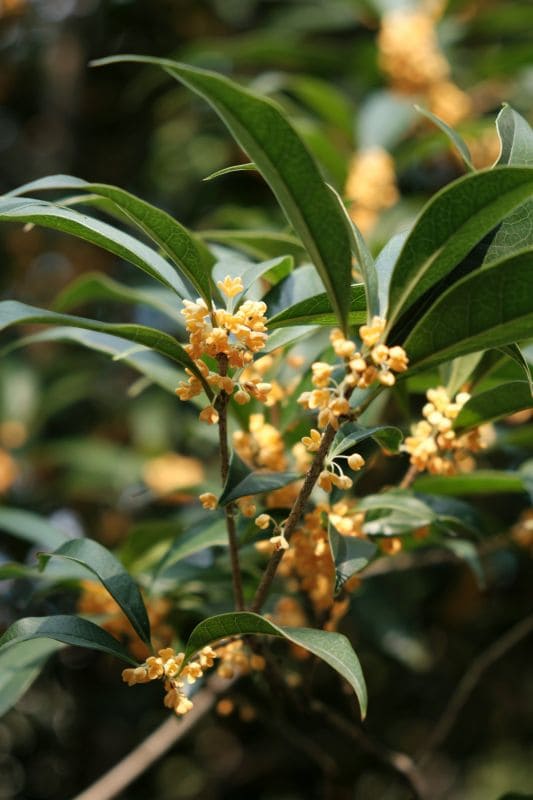
Honeysuckle Tea
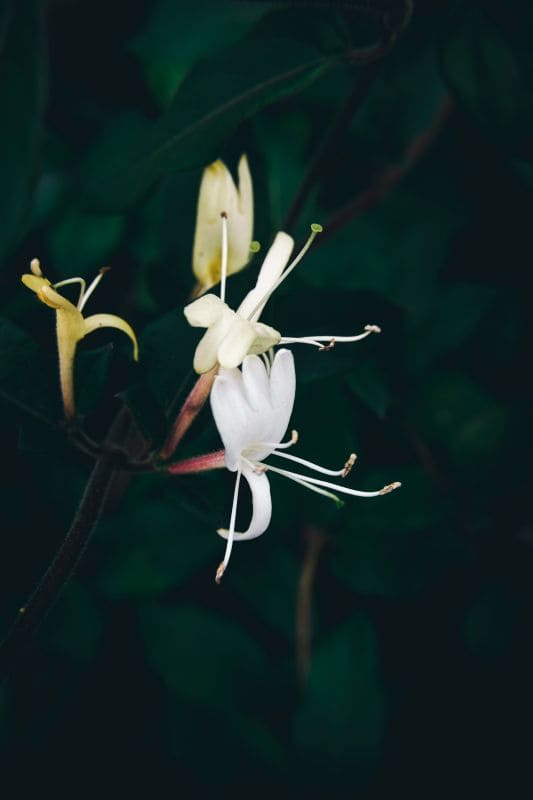
Rose Tea
